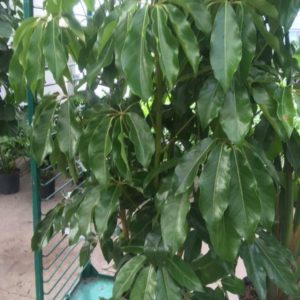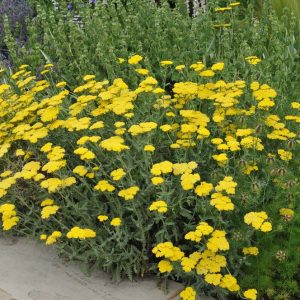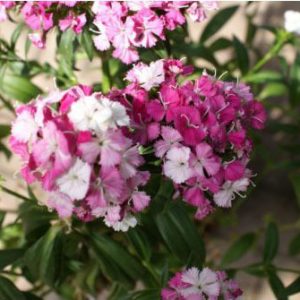Description
Asplenium – Spleenwort – Ceterach – Phyllitis
There are over 700 species of evergreen or semi-evergreen terrestrial and epiphytic ferns, in this genus. They are found in a wide range of habitats. They produce short erect, or creeping rhizomes that bear tufts of fronds, which may be feathery or bipinnate but could be unevenly divided. Some forms “bird’s nest” in which the fronds are smooth, un-lobed, un-toothed that overlap to form a nest, in which organic matter collects. Sori are linear and usually run parallel along the midribs towards the edge of the fronds. They’re great for many situations in wall crevices, rock gardens, shady border, woodland garden even as a houseplant.
When grown outdoors grow in humus rich, moist but well-drained soil with additional grit in partial shade. Divide in early spring.
Prone to scale insects, mealy bugs, deformation due to over fertilization, and bacterial leaf disease, and foliar nematodes can occur.
Asplenium scolopendrium Ramomarginatum Group – Phyllitis scolopendrium Ramomarginatum Group – Scolopendrium vulgare Ramomarginatum Group – Hart’s Tongue Fern – These tetraploid terrestrial evergreen fern grows to 12” tall and spreads to 20” wide. From erect short creeping rhizomes it sprouts irregular shuttlecock like crowns of strap shaped, tooted or irregular edges, often with fleshy rigids running along the undersides close to the edge, fronds that are leathery, glossy bright green to 16” or more long. Fronds are heart shaped at the base often with wavy edges.
Zones 6-8





